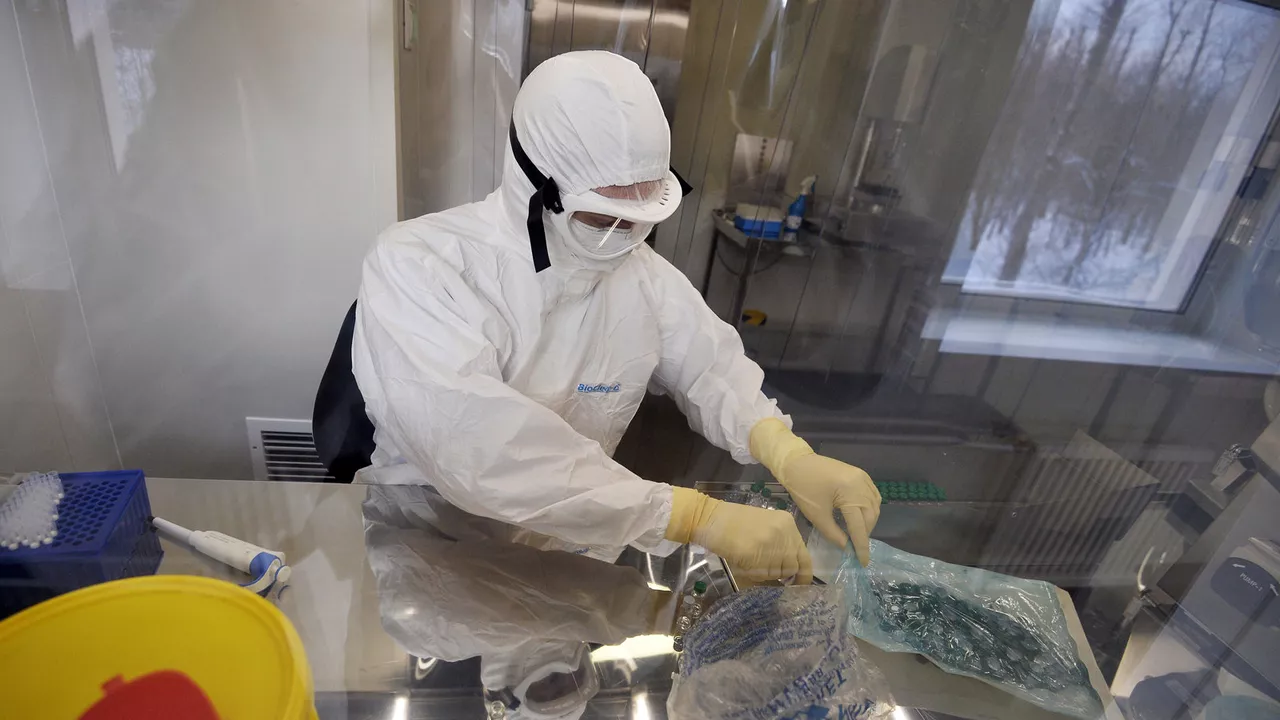Thanks to the bright light - Russian scientists found a way to follow the movement of drugs

In medicine, the system of addressable drug delivery is actively developed, when the drug is moved with the help of special carriers strictly to a specific place in the patient's body, for example, to a tumor.
Russian scientists from the Immanuel Kant Baltic Federal University found out that gold nanoparticles covered with a thin layer of silica scatter light well. These particles are used for address delivery of drugs, and their bright "glow" will allow you to monitor the movement of drugs in the patient's body with the help of devices. This is reported by RIA Novosti with reference to the Ministry of Science and Higher Education of the Russian Federation.
In modern medicine, the system of addressable delivery of drugs is actively developed, when the drug, with the help of special carriers, is moved strictly to a specific place in the patient's body, for example, to a tumor. This method allows you to avoid harmful effects of the drug on healthy cells and tissues.
Gold nanoparticles are often used for address delivery, to which drug molecules are attached. Such a structure is covered with a special shell that protects the drug from too early release, and antibodies are attached to it - protein molecules that target the particles in the right place. Silica is used as the material of the shell of particles. Similar coatings are safe for humans.
If the particles are able to scatter the light falling on them well, their movement can be tracked with the help of special devices, which allows you to control the delivery of drugs.
The ability to amplify the scattering of light near the nanoobject largely depends on the intensity of the electric field around the particles, so by its value it is possible to understand which particles will "glow" best.
Scientists from BFU named after Immanuel Kant mathematically modeled the values of the electric field, which is created by three types of structures: nanoparticles of gold without a shell, particles covered with a layer of silica of different thickness (from two to twenty nanometers), and also an empty silica capsule.
The researchers found out that the greatest electric field tension arose around particles covered with a layer of silica 20 nanometers thick. The tension around them was more than 2.5 times higher than the values characteristic of free nanoparticles of gold. It turned out that densely "clothed" particles scatter light worse. At the same time, the thin shell, on the order of 2-5 nanometers, on the contrary, amplifies the scattering, thanks to which the particles are more easily detected when illuminated by a laser.